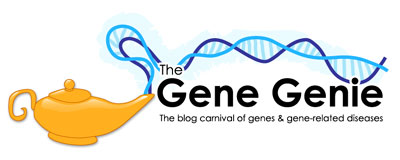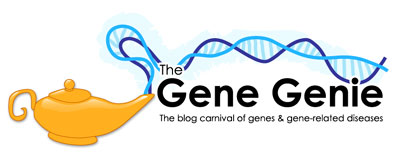The results of a Y-DNA test are either a string of plusses and minuses, or a series of numbers.The plusses and minuses are the result of a SNP (single-nucleotide polymorphism) test and denote the testee’s Haplogroup, while the string of numbers are the result of a STR (short tandem repeat) test and denote the testee’s haplotype.
To learn more one’s haplotype, or to compare it to other’s results, most people enter those results into a database such as Ysearch, Ybase, SMGF, YHRD, or the Y-STR Database.To do this, however, it is sometimes necessary to ‘normalize’ the numbers.For instance, one testing company might find a result of 27 for DYS481 while another finds a result of 23 on the same individual.This is typically due to different sequencing primers used by each company to characterize each particular STR.



